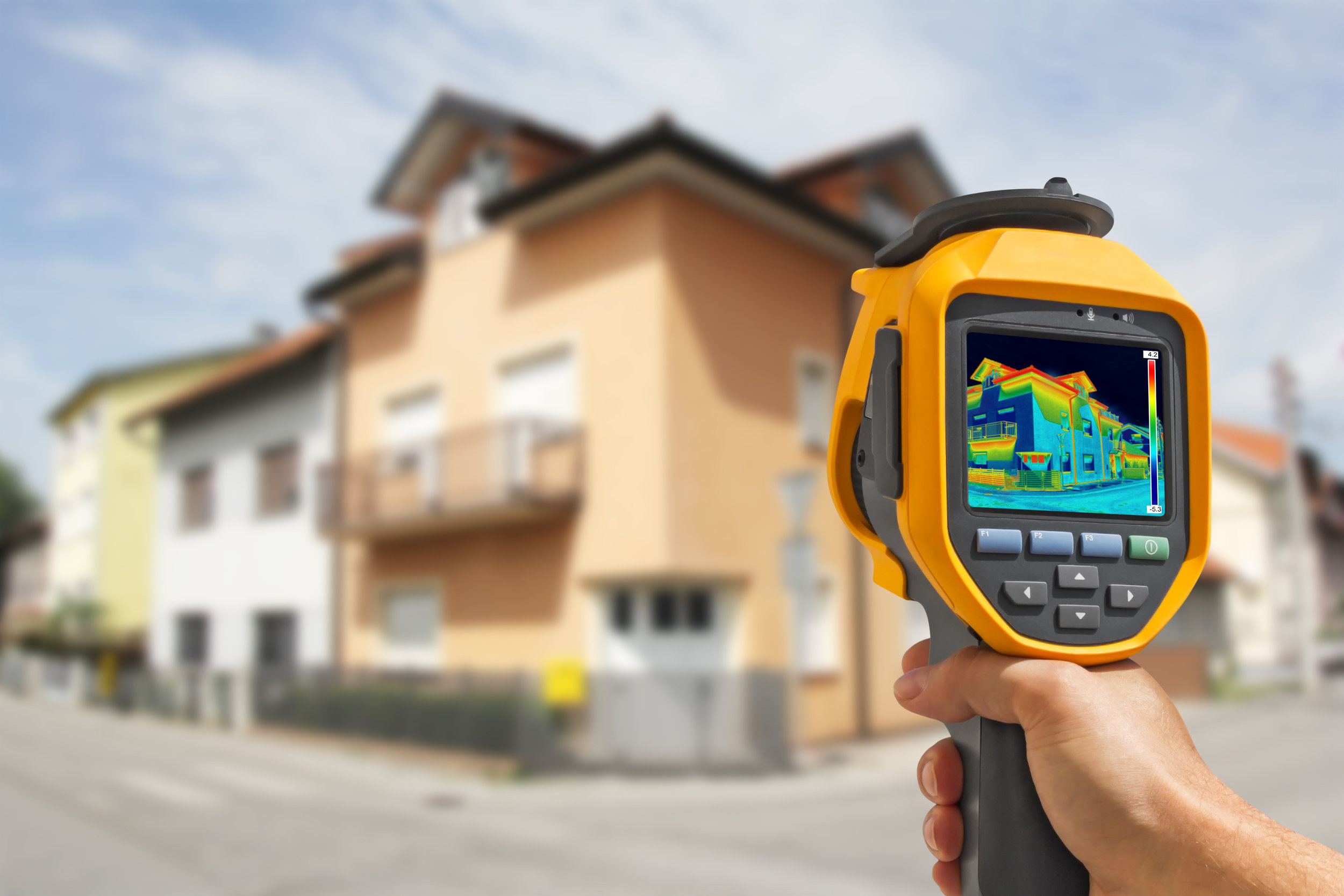Sound and vibration testing is a process used to test how much noise an object, such as a car or engine, makes when in use. A machine that produces the sound of another device while measuring its loudness will be able to give you accurate results for your specific product's output volume. It can also reveal any possible malfunctions within products being tested by exposing weak points where vibrations are amplified at high intensity during regular operation.
Sound tests give you information on how loud your surroundings are (in decibels), while vibration allows you to understand when something has gone wrong by looking at specific frequencies emerging due to mechanical failures within machines/buildings/etc., like screeching sounds if they're peeling rubber off their bearings. Before beginning the sound and vibration testing, it is essential to ensure no moving or vibrating parts are nearby. This will cause false readings in the equipment used for measuring this type of activity. For example, suppose you're conducting a test on an engine traveling down a road with other vehicles passing nearby or wind blowing against your tester during measurements. In that case, these types of external factors may interfere with accurate recording results, so steps should be taken beforehand to prevent them from having any effect.
What to do before Sound and Vibration Testing?
Before starting the sound and vibration testing, you should make sure that your equipment is clean. Any dust or dirt can interfere with these tests; therefore, it's better to keep things as clean as possible before getting started on any of them. It would also be good to check if noises are coming from components inside your product, so they aren't faulty during this time either! Before sound and vibration testing can begin on a machine, the engineer must inspect all equipment for necessary repairs. For instance, if there is suspicious wear or damage to any related components such as belts or bearings, those parts need immediate replacement before a further inspection occurs. Suppose these malfunctions are not repaired before environmental noise tests. In that case, inaccurate results may occur due to faulty machinery, which will ultimately affect the proper production efficiency of that particular unit."
Before sound and vibration testing, you need to make sure that the machine is running correctly. Also, if there are any loose components on your equipment, such as wires or screws, it can affect results during testing resulting in inaccurate test data.
Before starting a sound and vibration test on machines, engineers must first ensure that they work correctly by checking for proper hardware installation, providing nothing was accidentally bumped out of place if something had been knocked around like an electrical wire which could cause some false readings before tests begin.
Why Choose Us
If you're looking for a company that can effectively test your product's sound or vibration qualities, then look no further. We have been providing high-quality solutions to companies across all industries. Our team in Park City, UT has over many years' worth of combined experience, so we know what it takes to get accurate data every time! With our extensive industry knowledge and expertise in this field, rest assured knowing that whatever tests your need done will be completed successfully each time you come back here again. Contact us now.





